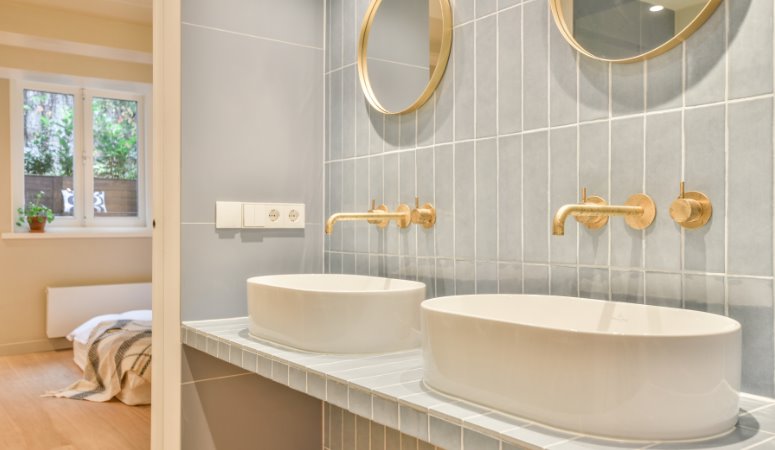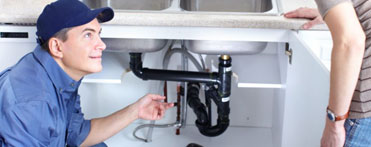
Your bathroom plays an important role in your home. While function is vital in the design of your bathroom, it’s also important to ensure that your bathroom fits your style and preferences.
For many people, their bathroom is a space where they spend time recharging after a long day and getting ready for the day ahead. A well designed space can easily increase the value of your home.
Whether you’re having a new bathroom installed in your home or are having your bathroom remodeled, ensuring that the plumbing is done right is vital for both the function and aesthetic of your bathroom.
Below, we take a look at important elements of plumbing in new bath additions as well as during bathroom remodeling.
When planning a new bath addition, there are several key plumbing elements to consider. These are vital for not only ensuring proper functionality and design but also for compliance with building codes. Key plumbing elements in a new bath addition include:
Installation of water supply lines
Hot and water supply lines direct water to the bathroom fixtures. These pipes are often made from materials such as copper, CPVC or PEX. Shut-off valves ought to be installed at each fixture and branch point. These valves are important for allowing for maintenance and repairs of the plumbing system in the new bathroom without disrupting the water service to the entire home.
Installation of drainage systems
Drainage systems in the bathroom are vital for guiding wastewater away from the home. Drainpipes should be sized properly and sloped in order to ensure proper drainage of the bathroom. These are connected to a septic system or the mains sewer.
The drainage system should have vent pipes installed to prevent sewer gases from entering the bathroom as well as to maintain proper drainage. P-traps are installed under sinks, bathtubs and shower drains to prevent sewer odors from entering the bathroom.
Installation of fixtures and appliances
There are several types of fixtures and appliances installed in bathrooms. These include toilets, bathtubs, showers and sinks. Toilets should be sealed and secured properly to the floor. The method of installation of different fixtures and appliances will depend on their design.
For example, wall-mounted sinks require different installation methods to pedestal sinks. It is therefore vital for the fixtures and appliances to have been selected prior to the rough-in plumbing being done.
It is important to consult with a license plumber and check local building codes and regulations before starting any plumbing work for a new bath addition. This is important for safety and functionality.

With decades of experience, you'll get the job done right, the first time!